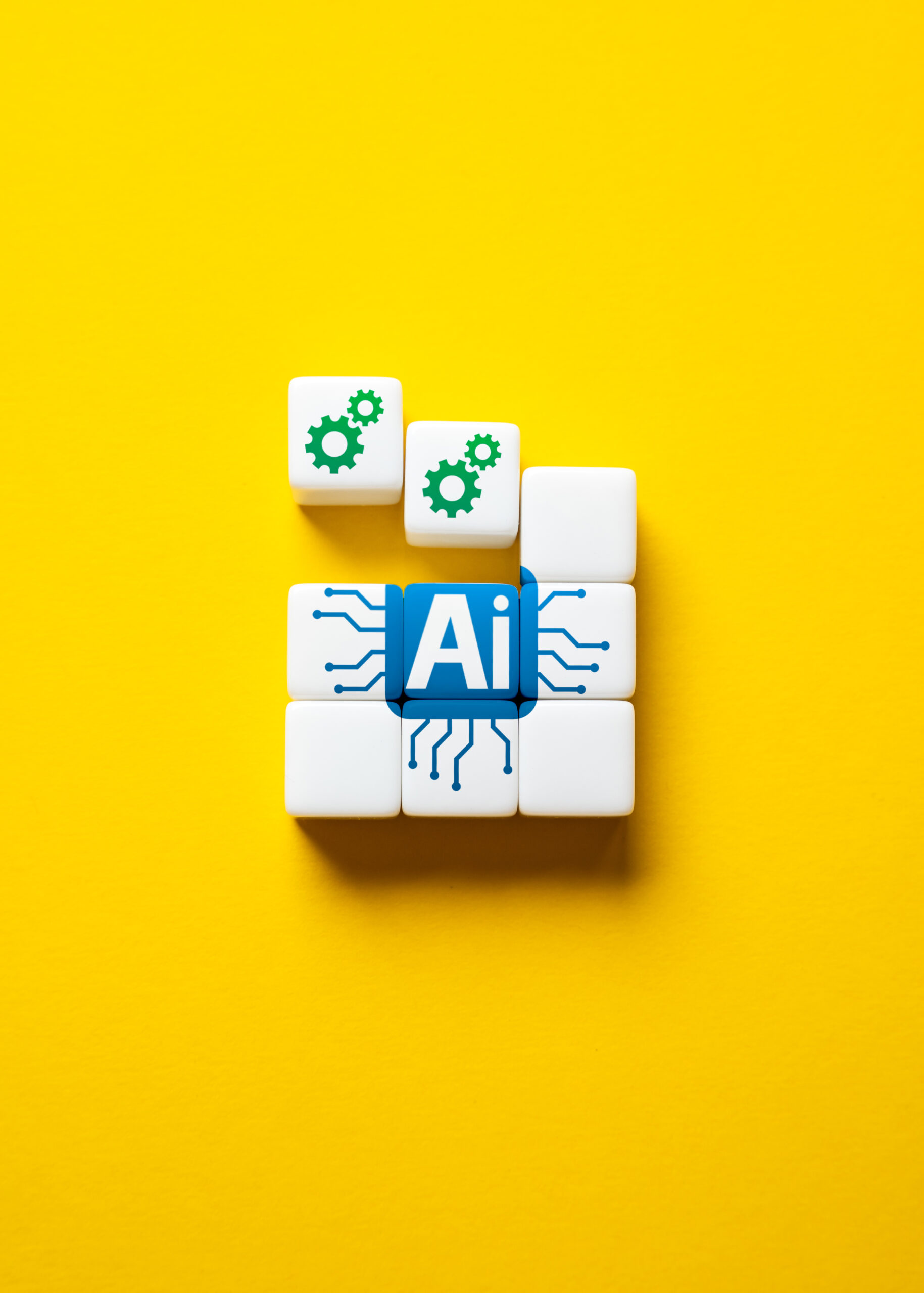

In today’s fast-paced digital landscape, artificial intelligence (AI) is no longer a futuristic concept but a transformative tool that businesses can leverage to enhance operations, optimize decision-making, and improve customer experiences. However, implementing AI can seem daunting, especially for businesses just starting their journey. This guide outlines the key steps to successfully implement AI and unlock its potential for your organization.
Before diving into AI implementation, it’s essential to understand what AI is and how it can address your business needs. AI encompasses a range of technologies, including machine learning, natural language processing, and computer vision, that can automate processes, analyze vast amounts of data, and provide predictive insights.
Start by identifying pain points in your business that could benefit from automation or advanced analytics. For example:
By aligning AI capabilities with your business goals, you’ll set a strong foundation for a successful implementation.
AI thrives on data. The quality and quantity of your data will directly impact the effectiveness of your AI solutions. Start by auditing your existing data sources to ensure they are accurate, complete, and accessible.
Key considerations include:
Setting clear objectives is crucial for measuring the success of your AI initiatives. Define specific, measurable, achievable, relevant, and time-bound (SMART) goals for your AI projects. For instance:
Establishing key performance indicators (KPIs) will help track progress and demonstrate ROI.
There is no one-size-fits-all solution for AI. Depending on your needs, you may choose between:
Additionally, consider leveraging cloud-based AI platforms, such as AWS, Google AI, or Microsoft Azure, to reduce infrastructure costs and speed up deployment.
Successful AI implementation requires the right mix of skills and expertise. Depending on the complexity of your project, you may need:
If hiring a full team is not feasible, consider partnering with AI consultants or outsourcing specific tasks.
Begin with a pilot project to test the feasibility of your AI solution. This allows you to:
Once your pilot project succeeds, gradually expand the scope to other areas of your business.
AI is not a one-time implementation but an ongoing journey. Regularly monitor the performance of your AI solutions and make necessary adjustments to improve accuracy and efficiency. Stay updated on emerging AI trends and technologies to ensure your business remains competitive.
AI has the potential to revolutionize businesses across industries, but its successful implementation requires careful planning, the right resources, and a commitment to continuous improvement. By following these steps, businesses can demystify AI and harness its transformative power to achieve their goals. Whether you’re automating processes, enhancing customer experiences, or driving innovation, AI can be a game-changer for your organization.
Are you ready to embark on your AI journey? Start small, think big, and let AI pave the way to a smarter future.